As any true fan of American Horror Story already knows, this TV mashup of frightening nightmare tropes and straight up soap opera devices goes over the top when it comes to plot twists. It’s as if series creator Ryan Murphy challenges himself every season to see how many monsters, criminals, and mythical personages he can cram into each subsequent story. On top of that, layer upon layer of character developments, unexpected consequences, and defied expectations take viewers on the ultimate scary funhouse ride each and every episode.
Sometimes, these twists and turns can be totally mind-boggling and utterly entertaining. Then again, there are many other times when Murphy’s choices become distracting, annoying, or worst of all – just plain old dull. It’s a tricky proposition with the stakes being so high in this ghastly show: reanimated criminals, hotel ghosts, mobs of rabid lunatics – and oh yes – the literal end of the world. That’s a lot to keep up with!
There’s no taking away from American Horror Story’s astounding experimentation in storytelling. Where most shows do scripts and production by the numbers, this series takes some pretty incredible chances. So it’s no surprise that we will find failures as easily as successes in this mad doctor’s laboratory of TV goodness! We must ask that only the most intrepid of fans come and explore American Horror Story’s greatest hits – and biggest misses. Do you dare enter this macabre list?
Here are 10 Plot Twists That Hurt American Horror Story (And 10 That Saved It).
The Aliens in Asylum (Hurt)
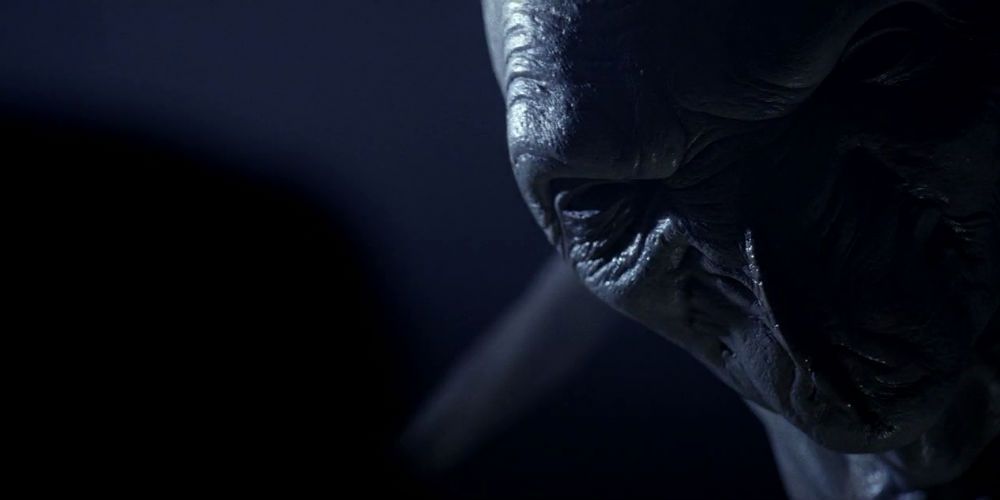
American Horror Story both learned from its mistakes and retained its triumphs for the second season Asylum. From the first frame, this story was far more creepy, more visually impactful, and delved much further into madness than its inaugural effort. The confines of a retro institution for the insane afforded a new sense of dread. There were ghosts, forbidden human experiments, and even an angel of the afterlife. Then, in the middle of those supernatural tropes, Asylum was suddenly invaded by aliens from outer space.
This was set up to be about ghost and demons. Alien abduction is an entirely different genre.
Imagine having Predator show up in The Conjuring? However, we would love an all-alien season in the future!
Coven-Apocalypse Crossover (Saved)
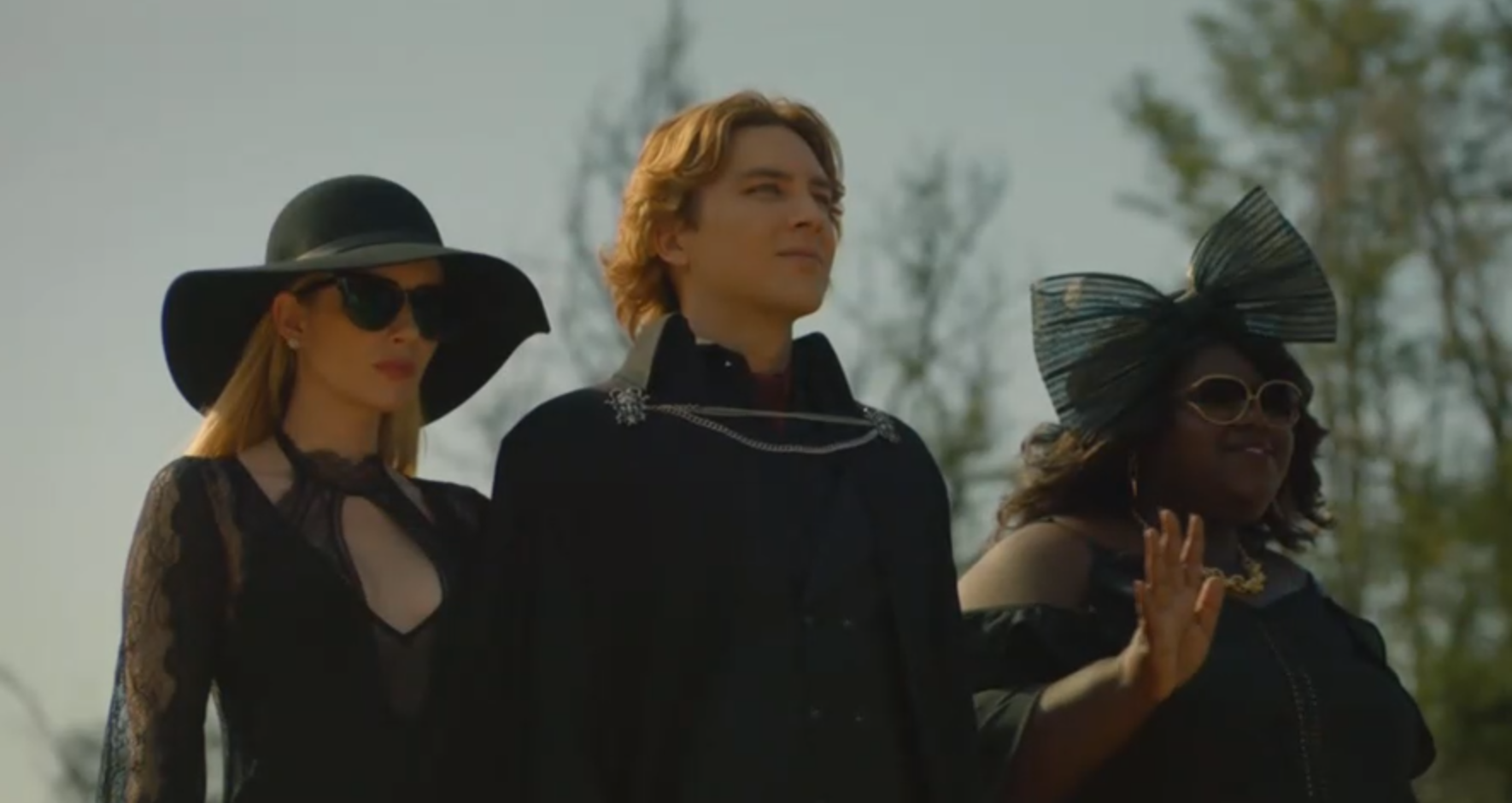
For years and years, avid followers of American Horror Story have postulated fan theories about how all the seasons may be connected. Small hints here and there were flagged by attentive viewers. Creator Ryan Murphy himself has proven in the past that there might just be a few connections between the different stories here and there. With Apocalypse, all doubt is cast aside.
The witches from Coven arrived with the stated purpose of defeating the evil Langdon child from season one. For AHS fans, this is akin to Avengers: Infinity War’s marvelous climax of the MCU film events that came before.
Roanoke’s Documentary Reveal (Hurt)
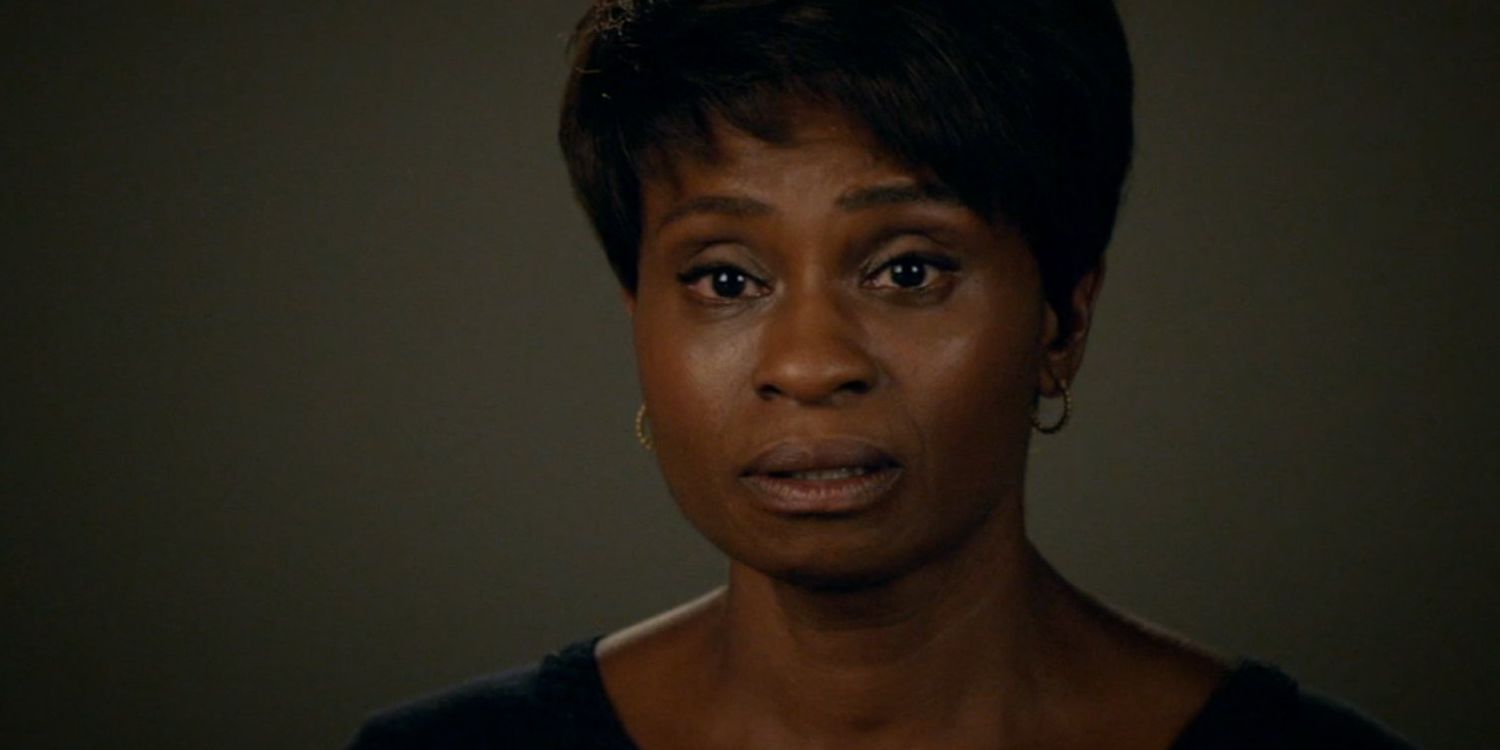
The Roanoke season is clearly one of the lesser efforts to come from the series, but it’s certainly not due to a lack of bold experimentation. The season premiere cleverly portrayed itself as a typical cable documentary show, “reenacting the true story” while periodically cutting to the “real people behind the real events” to reflect on their own drama. It was a cute gimmick.
It was a terrible distraction and made the show drag.
This wasn’t an easy thing to pull off, so American Horror Story definitely gets an “E” for effort on this fail.
Making the Shrink a Psycho in Asylum (Saved)
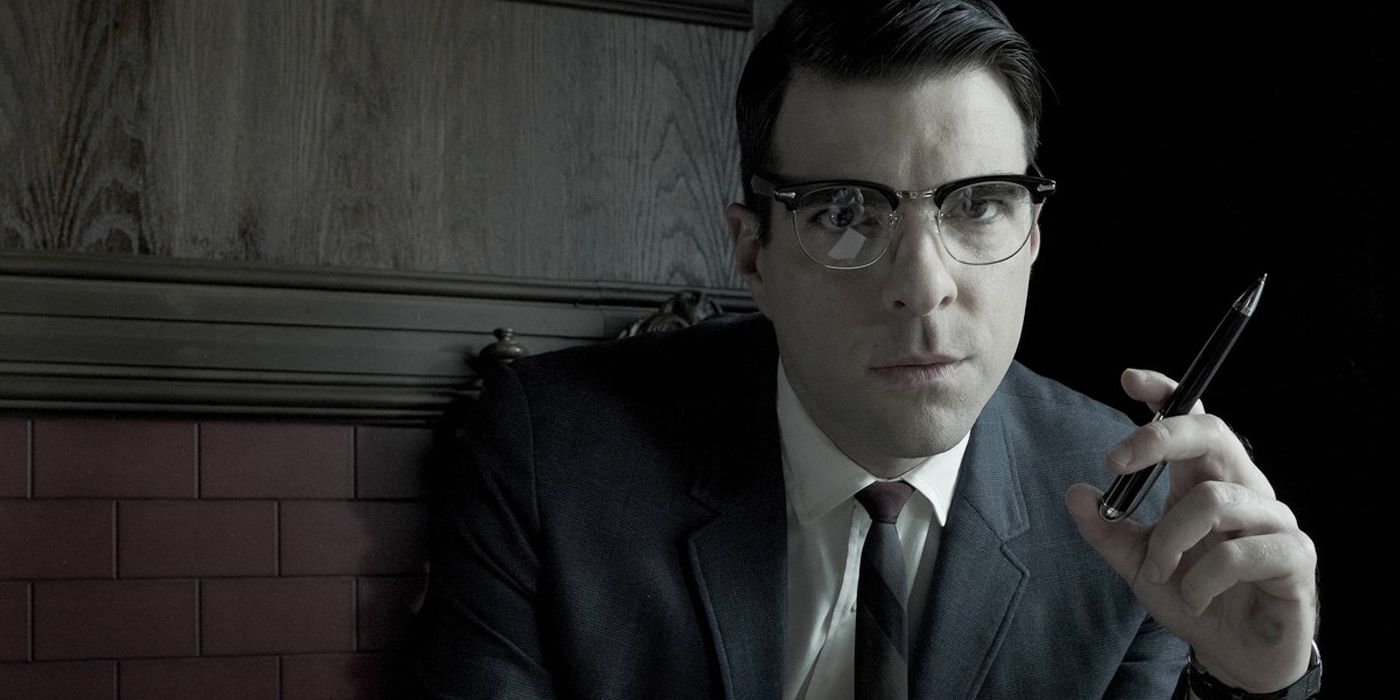
What happens when you’re stuck in a terrible situation that came about from the best of your intentions, with no hope for salvation – and then, someone shows up to help you? It’s a wonderful feeling. After all you went through, you escape thanks to your savior. Only now, you find out that your “savior” was the worst monster of all! That, horror fans, is what true horror is all about.
Zachary Quinto warps light years away from his Spock role in Star Trek to play one of the most duplicitous psychos in television history. His transformation from helpful psychiatrist to evil kidnapper broke our brains and we can only thank the good doctor for that.
The Cop’s Missing Kid in Hotel (Hurt)
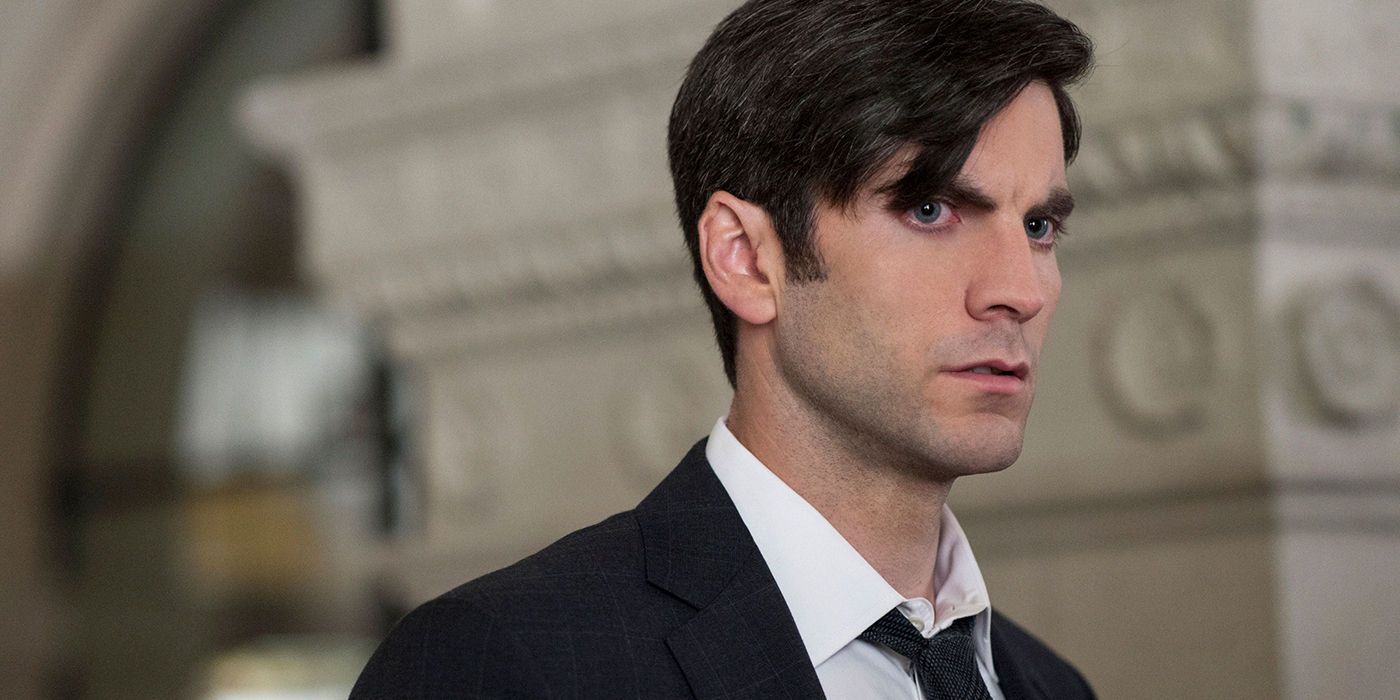
Nothing is worse in any kind of dramatic TV series than a case of the old “Who Really Cares?” blues. When you’re trying to hook the audience on a plot which is supposed to engage minds into the plight of fictional characters, it’s an all-or-nothing deal. When it works, you’ve got fans. When it doesn’t, you’ve got nada. In the messy Hotel season, there were a whole lot of stakes which are supposed to make us care but fall flat. One of the core subplots is Detective John Lowe’s quest to find a missing son.
Has he been found? Or is he hallucinating?
After all of the other twists this guy goes through, the missing kid thing gets stale and does little more than waste screen time.
The Witches’ Hells in Coven (Saved)
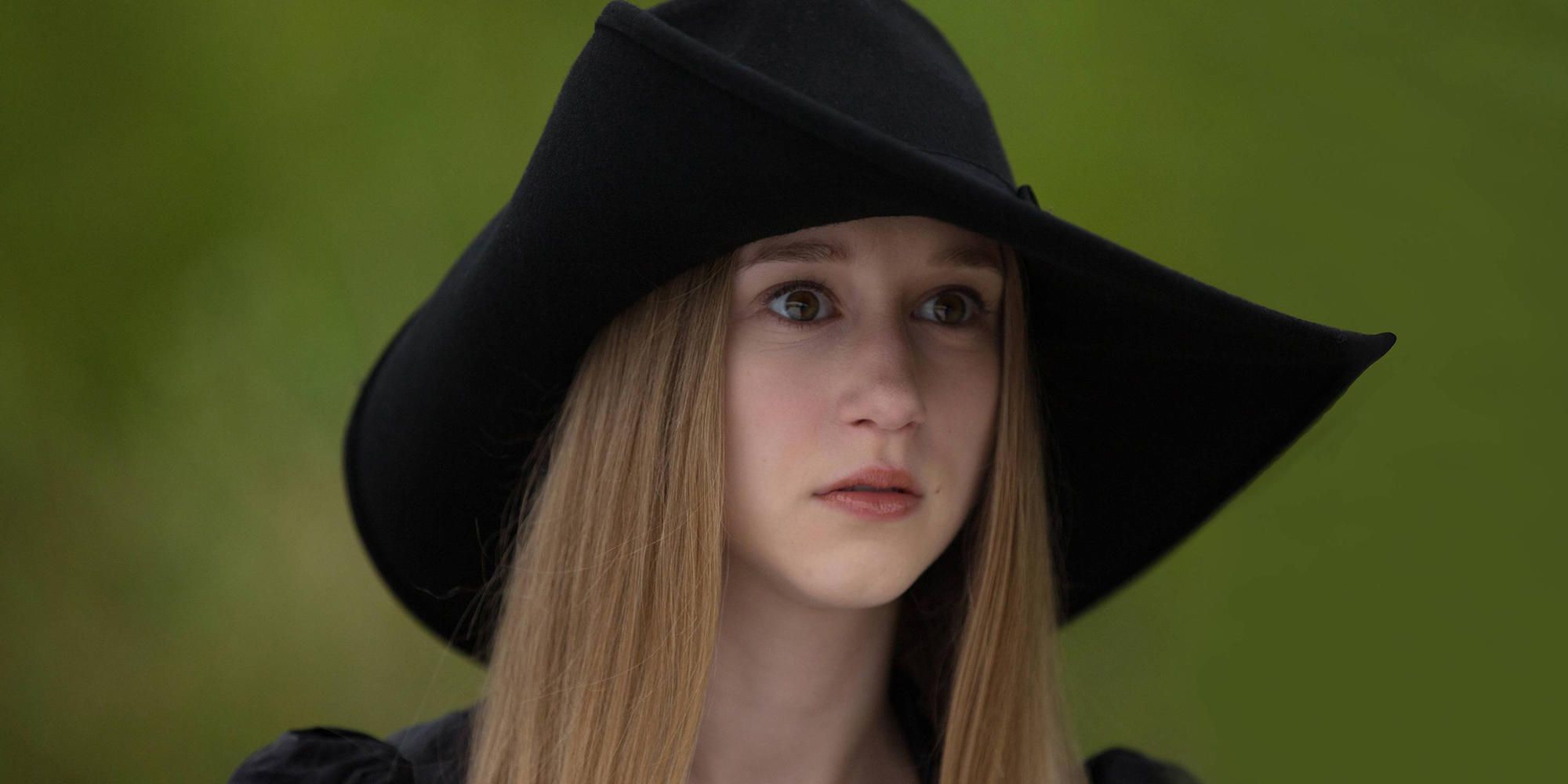
There is something very satisfying about poetic justice. Anybody who loves a good story often hopes that the ending fits the narrative and that everyone gets their just desserts, whether that means punishment or reward. In the third season of American Horror Story, we follow a Coven of witches who range from utterly naïve to the worst kind of manipulative.
It’s often hard to see who is “innocent” in this group of ladies with shifting motivations and who isn’t. In the end, we find that each of their individual ultimate fates fit like a pointy black hat. One of the worst is doomed to endlessly repeat a terribly uncomfortable situation, while another encounters a type of release. No spoilers, but these codas round out all that came before quite nicely.
Tate’s Secret Past (Hurt)
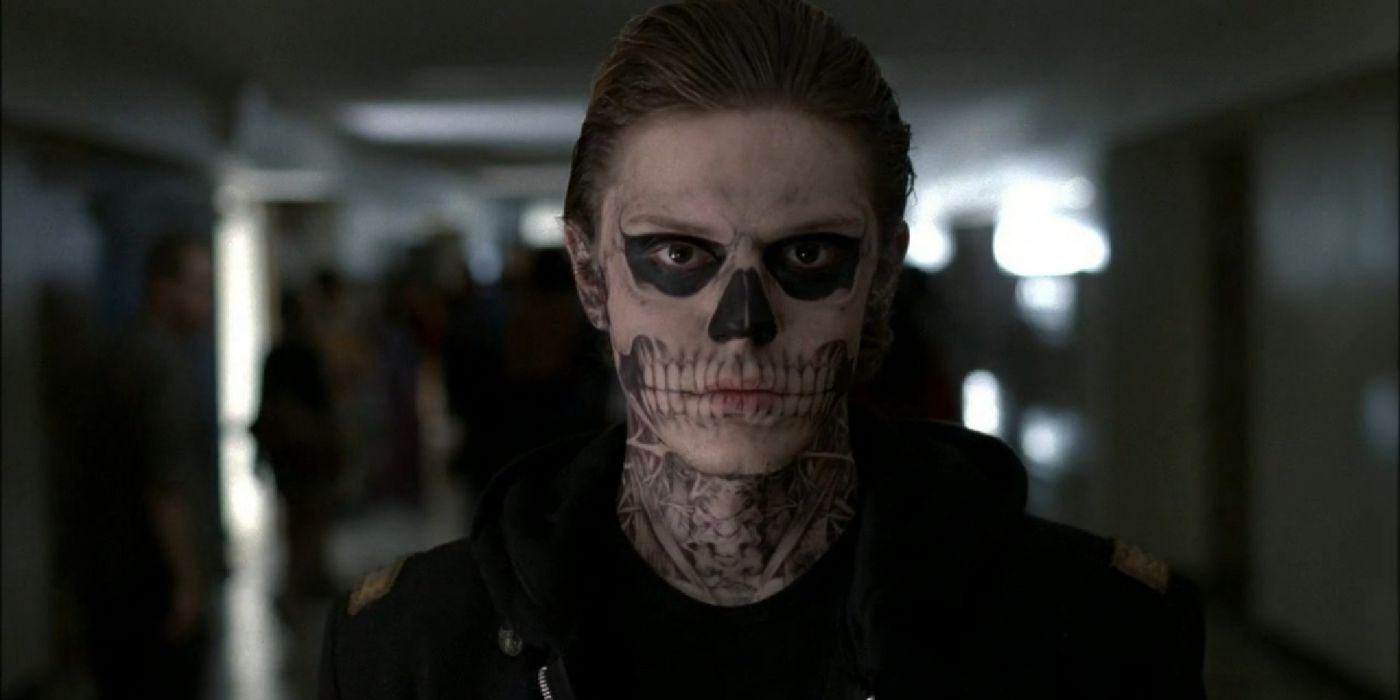
One of the problems with hanging out with ghosts is that they aren’t necessarily in their right minds. In the first season of American Horror Story, Violet Harmon’s friends are, unfortunately, all ghosts. One of them – the spirit of Tate Langdon – may or may not have not done some very terrible things back when he was a regular person.
Even though it’s very probable that he has, in fact, been quite naughty, he keeps denying it.
Is he lying? Does he not remember? The way it’s done becomes a kind of teenage drama side distraction and by the time we find out for sure, we just don’t care.
Dandy Becomes Twisty in Freak Show (Saved)
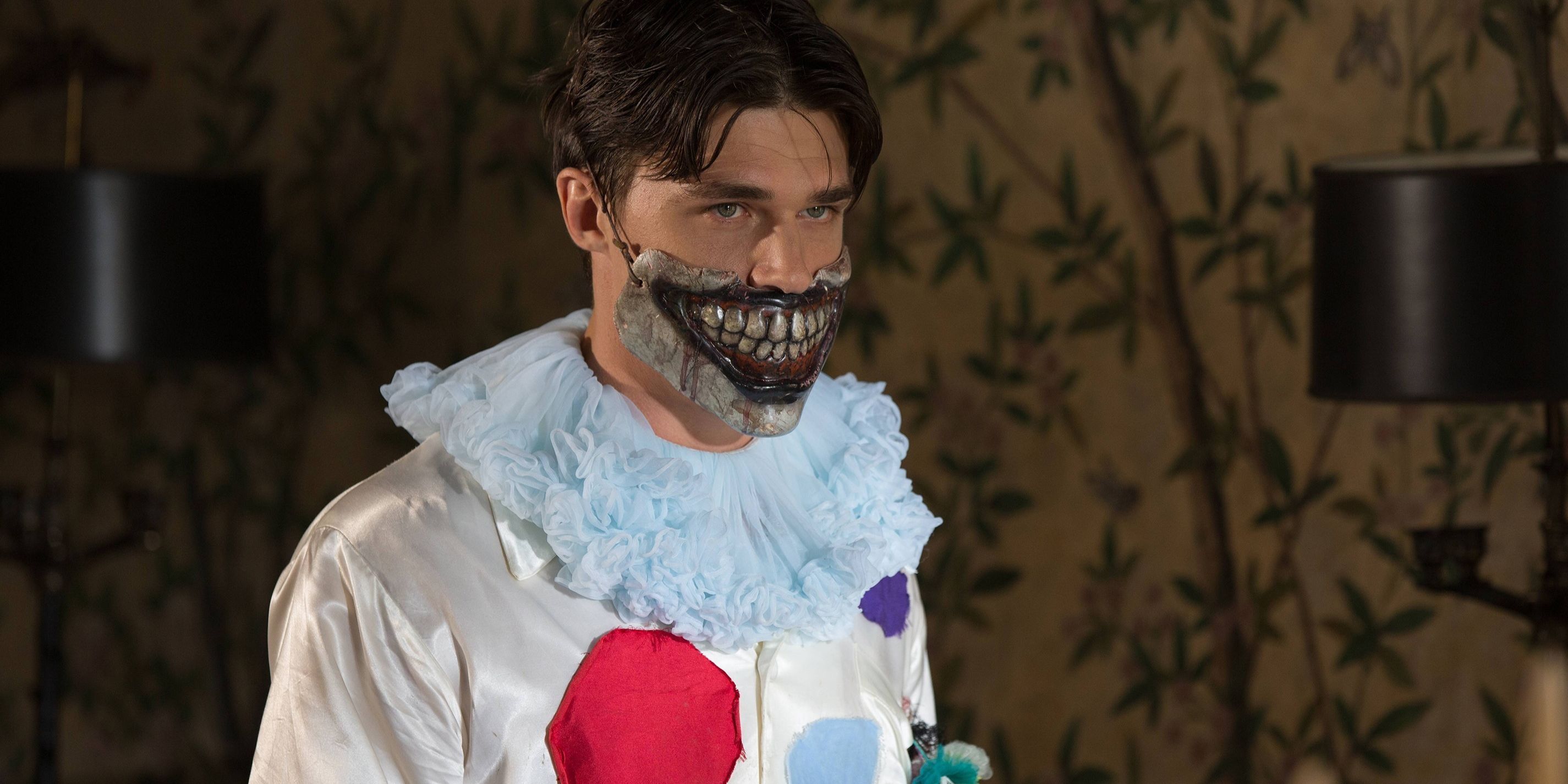
In Freak Show, few characters are more easily hated than the sociopathic and extremely spoiled rich mama’s boy known as Dandy. From the first time we meet him, his childish needs and insane delusions of grandeur are harbingers of some of the worst human behavior to come. It’s as if he was born to be the perfect narcissist – think American Psycho on steroids – and he has nowhere to go but down.
As Dandy indulges deeper into the realms of depravity, he takes on the mantle of the haunting Twisty the Clown, a sort of ethereal figure who may or may not have demonic properties. This transformation is sort of a final chrysalis into the wholly evil person Dandy was destined to become, and as such, helped drive the Freak Show season into an especially frightening place.
Man-eaters in Roanoke (Hurt)
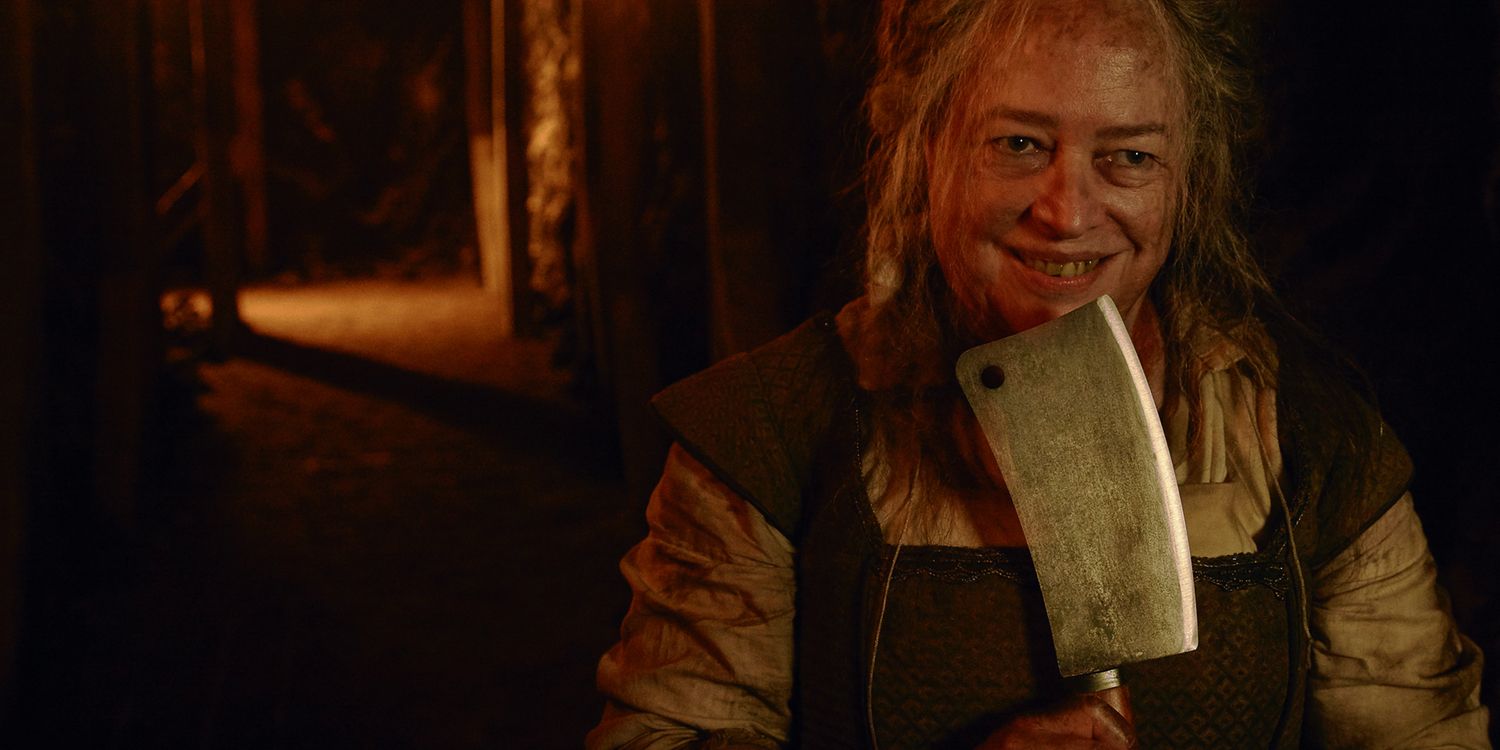
Let us clarify something off the bat: there’s a difference between someone having someone over for dinner and having someone for dinner! During American Horror Story: Roanoke, it was definitely the latter situation.
As buffets of fear go, this one left us hungry for less obvious, more surprising fare.
As mentioned, this season was choppy. A lot of the genre-mashing that usually fuels AHS ground up the works here. The man-eating subplot was no different. Worse, it fell into the clichés horror audiences have known since at least The Texas Chainsaw Massacre, but without the show’s usual signature secret sauce added to the proceedings.
Michael is the Antichrist (Saved)
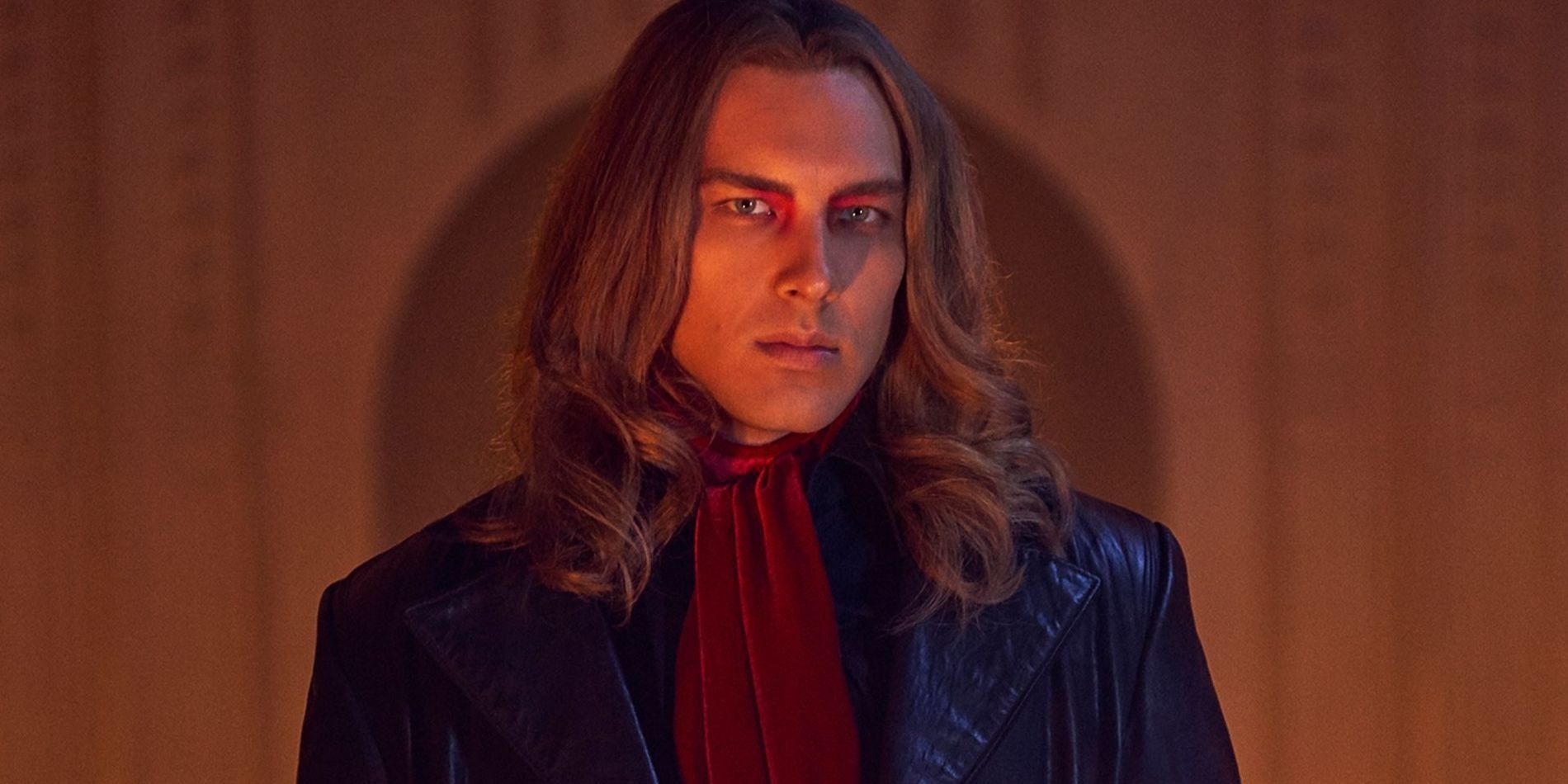
Ever since the curtain call for season one of American Horror Story, fans have wondered how you start a horror series with a child who is destined to destroy the world. Think about it: can anything ever really happen after the end of times? It seems that the Apocalypse season is out to answer that question once and for all.
By bringing back Michael Langdon, the stakes for this season could not be higher. For fans living with knowledge of Michael’s antichrist status in the back of their minds for close to a decade, this adds a subtle extra layer of fear. It’s a brilliant return that means the battle for the planet Earth could not be more exciting to watch!
The Weird Gas in Cult (Hurt)
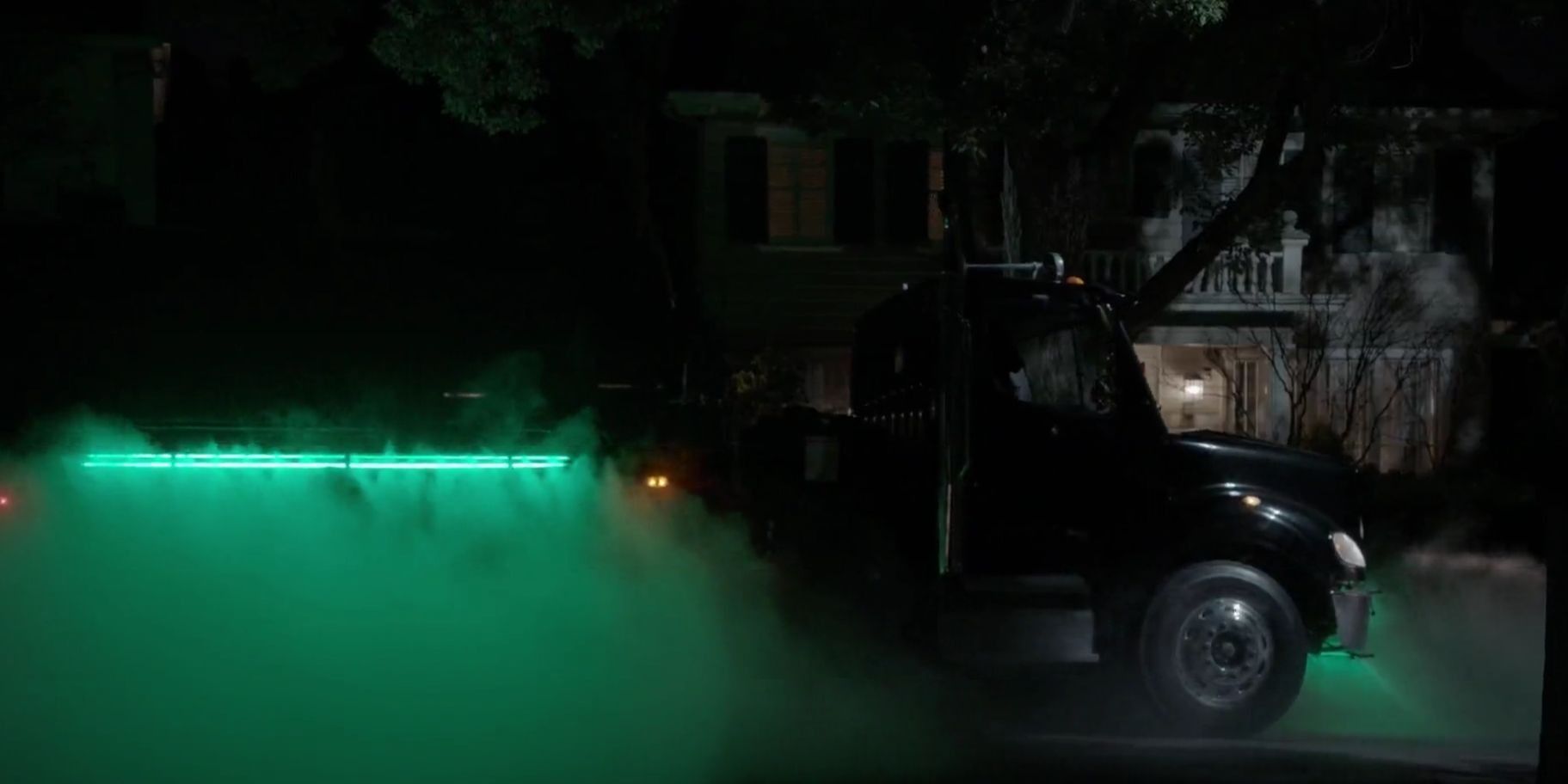
It’s hard to really critique American Horror Story: Cult. After a rather uneven season of the Roanoke storyline, fans could be forgiven for believing the series was on a downhill slope, never to recover. How wrong they were. Cult enters a chapter which perfectly mirrored the anxiety of modern politics, but it was not without its clunky moments. One subplot has to do with a bunch of secret government-looking types gassing the streets in the dark of night.
It was a huge mystery which was answered with a bit of a thud: it was a metaphor for gaslighting and nothing more.
This element did not live up to its potential and became a minor blemish on an otherwise stellar season.
Elsa’s Afterlife Experience in Freak Show (Saved)
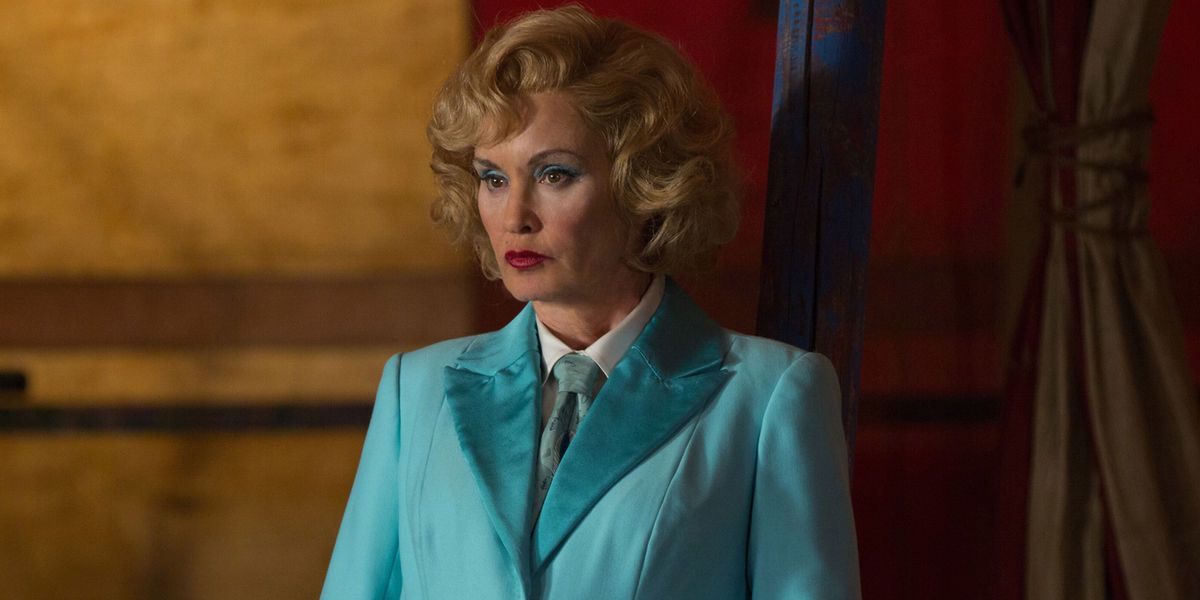
As stated earlier, many of the characters in American Horror Story can be morally ambiguous, leaving audiences unsure of whether or not to cheer for them. One such character is Elsa Mars, the purveyor of the “Cabinet of Curiosities” circus group she leads around the country. She is seen being both exploitative of the remarkably unique players in the troupe, and truly acting in their best interests. It’s only after we learn some key moments in her own backstory that we see her for who she truly is.
In the afterlife, she has a redeeming experience where those she wronged accept her with open arms. It’s the kind of conclusion that makes fans want to go back and watch the character closely all over again.
Stevie Nicks is a Witch in Coven (Hurt)
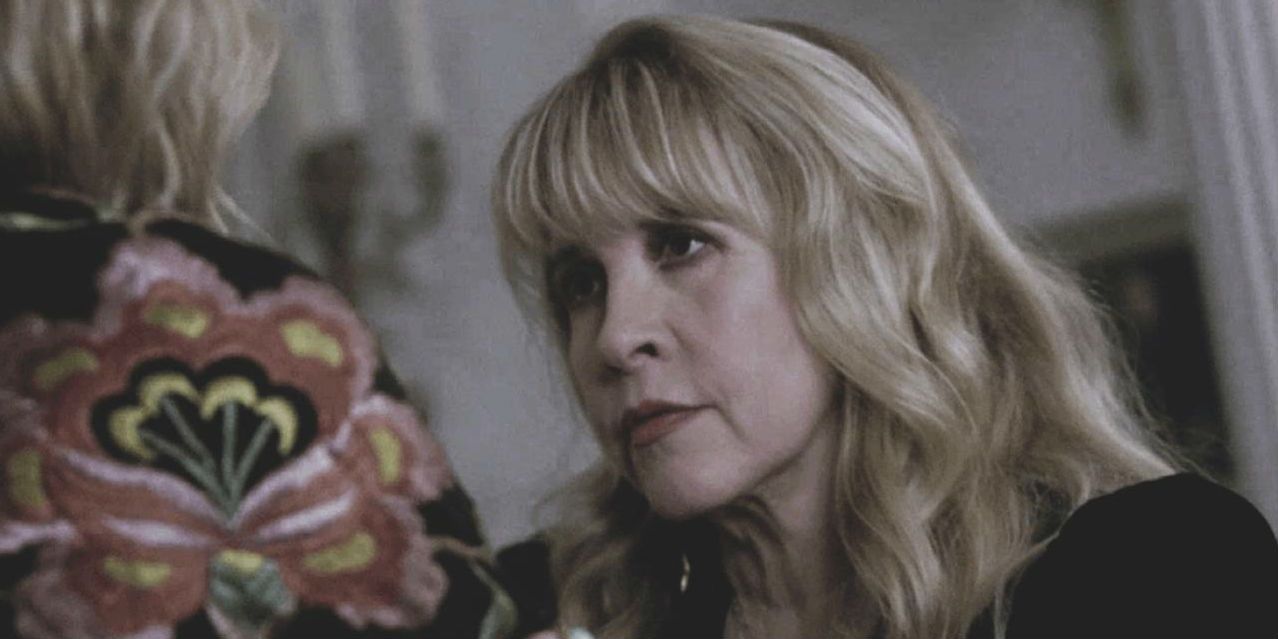
If there could ever be said to be a no-brainer coup of casting for American Horror Story, it would have to be bringing in Stevie Nicks to portray herself in Coven. As fans of the singer may already be aware, Nicks likes to dress up in what is arguably “witchy” gear and has this earth-mother aura about her.
H aving her come out as a “real witch” on the show was an awesome idea – on paper.
On the show itself, however, she felt decidedly underused, more of a prop than any meaningful addition to the cast. Nicks’ appearance on the show slowed things down, even though her on screen time was fairly limited.
The Monstrous Gathering in Hotel (Saved)
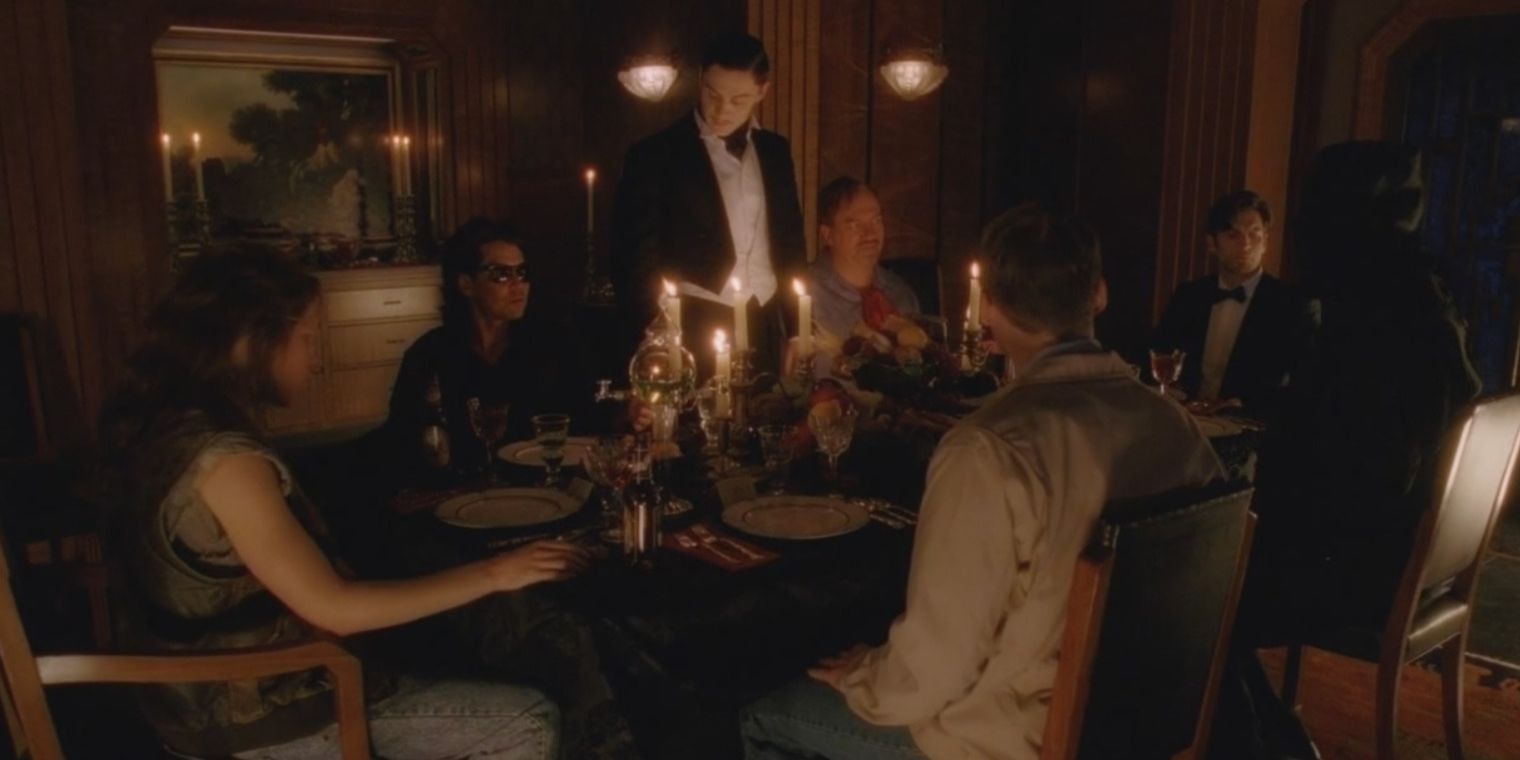
Next time you throw any kind of party, make sure none of the guest list includes the wretched invitees hosted American Horror Story: Hotel. For those well-versed in true crime, names like Jeffrey Dahmer, Aileen Wuornos, and John Wayne Gacy bring a chill down the spine. Never heard of them? Look them up. Then watch just how perfectly they are portrayed in one of the more disturbing get-togethers ever on TV.
We’ve heard of folks being “the life of the party” but this crowd is the literal exact opposite of that! We’re jumping out the Hotel window if we see them come in the door.
Sister Jude’s Cliché Backstory in Asylum (Hurt)
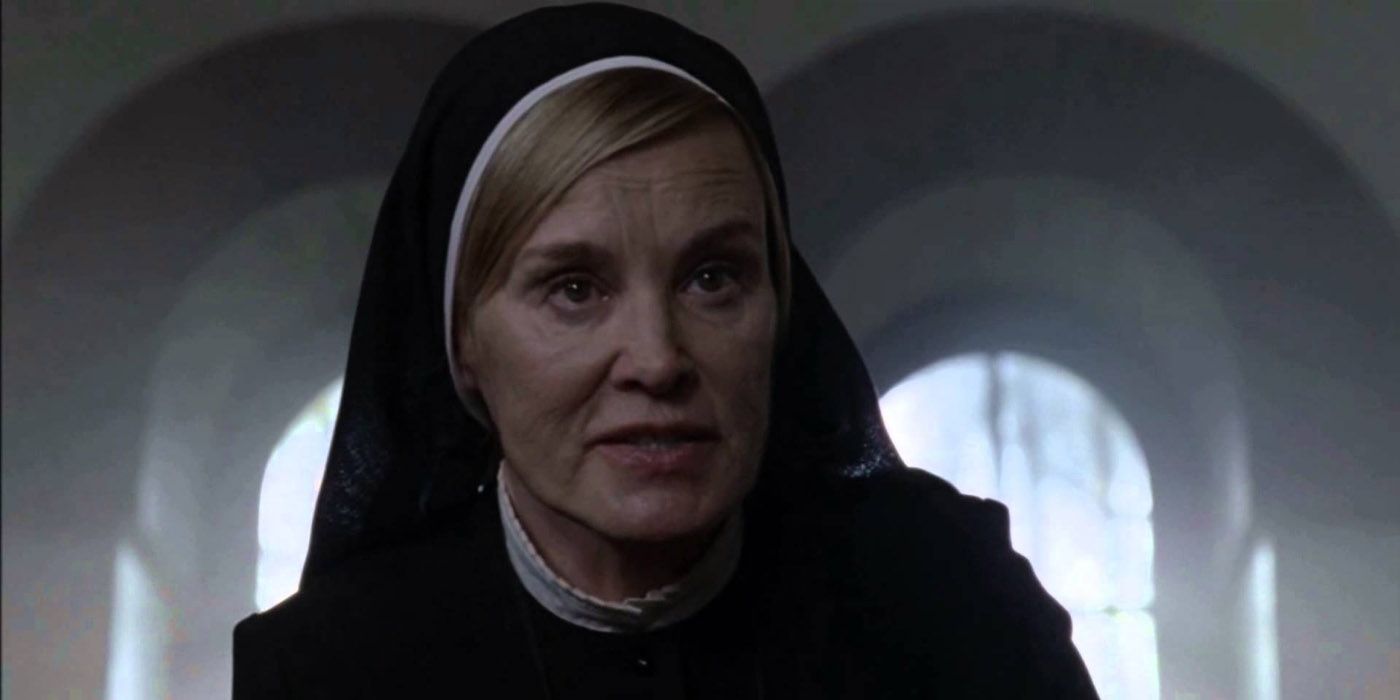
Yet another morally ambiguous character in the American Horror Story mythos is Sister Jude in Asylum. Masterfully portrayed by core AHS cast member Jessica Lange, she is mostly seen as a cruel mistress who is more interested in petty punishments than in seeing anybody cured at her mental institution. An attempt is made at one point to earn her sympathy through her backstory: she used to be a hard-drinking bad girl with no self-respect until that day she drove drunk and ran over a kid. This causes her to repent by becoming a nun.
Heard that one before, right? Of course, we all have.
This is one of those lazy character elements mistakes the show sometimes makes, but we forgive it. Asylum was crazy good!
Kai gets elected (Saved)
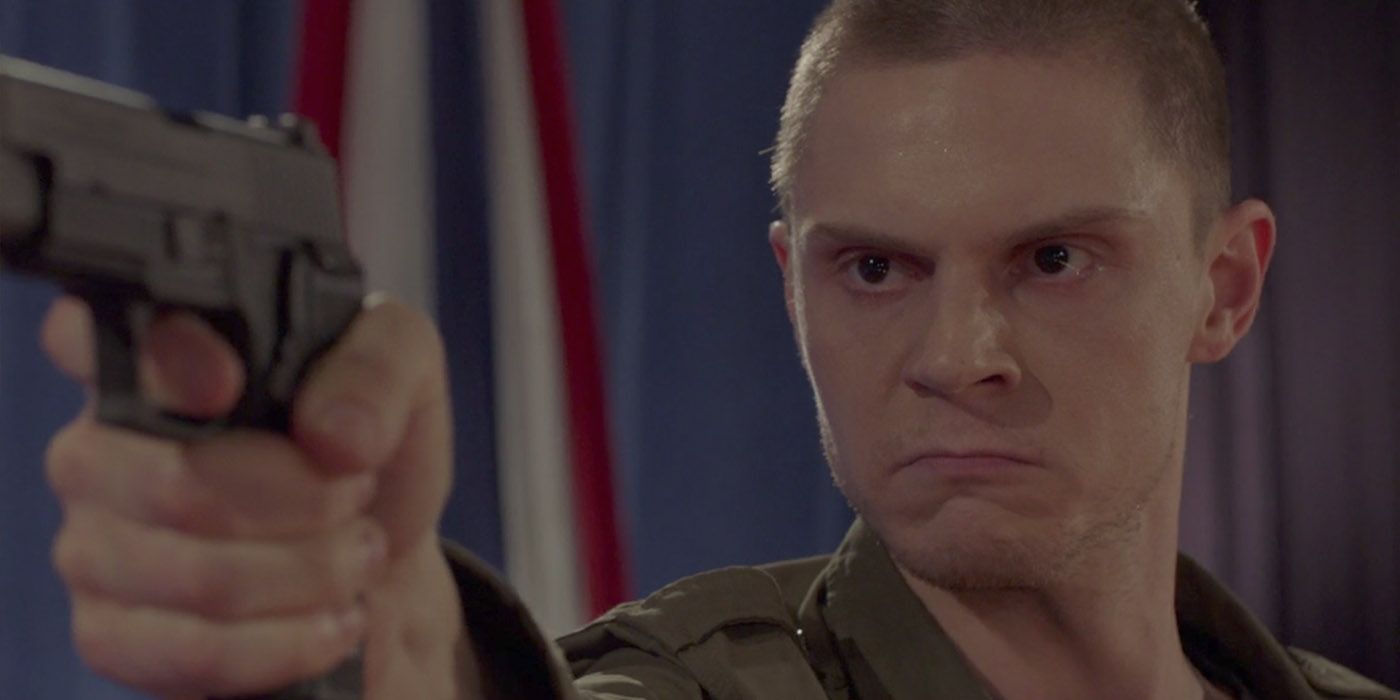
As mentioned earlier, American Horror Story: Cult is a brilliant metaphor for the contemporaneous political situation it mirrors. There is no mistaking that this season was an open critique of a movement many saw as dangerous to the country. Whether one agrees with that assessment or not, AHS did an excellent job of tracking how a messed up young man can go from being a hateful bigot to a position of real power.
It is this central plot which keeps the audience riveted to the entire season, making it perhaps the most compelling plot of the series as a whole. Beyond the obvious shock value, the story unfolds brilliantly, leaving fans more well-acquainted with cult worship than perhaps they would care to be.
The Mystery of the Rubber man (Hurt)
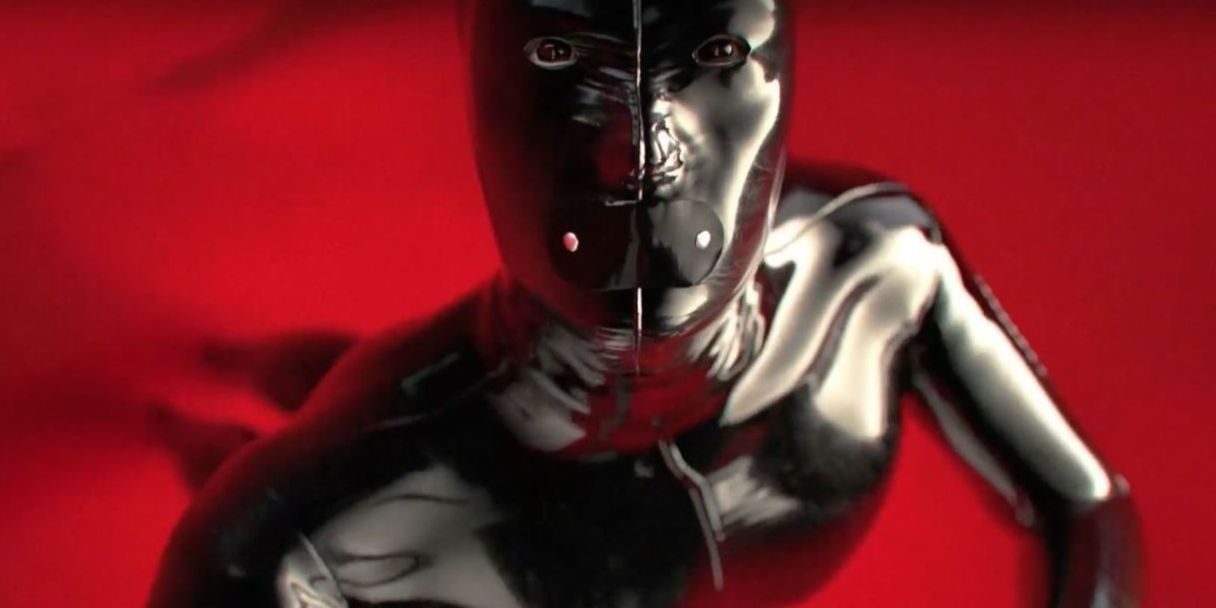
The very first season of American Horror Story introduced the latex-suit wearing ghost Rubber Man, who was at once scary and (for some people) alluring. It was a great image: this slick black beast emerging from the ceiling to fulfill desires while also being a harbinger of doom. It was used heavily in promotional material and had a nauseating encounter with Vivien Harmon.
Audiences were desperate to learn more about it.
In the end, it was kind of a dud: it was the ghost of Tate Langdon all along. Yawn. We were hoping for something more esoteric than the obvious!
The cause of Apocalypse (Saved)
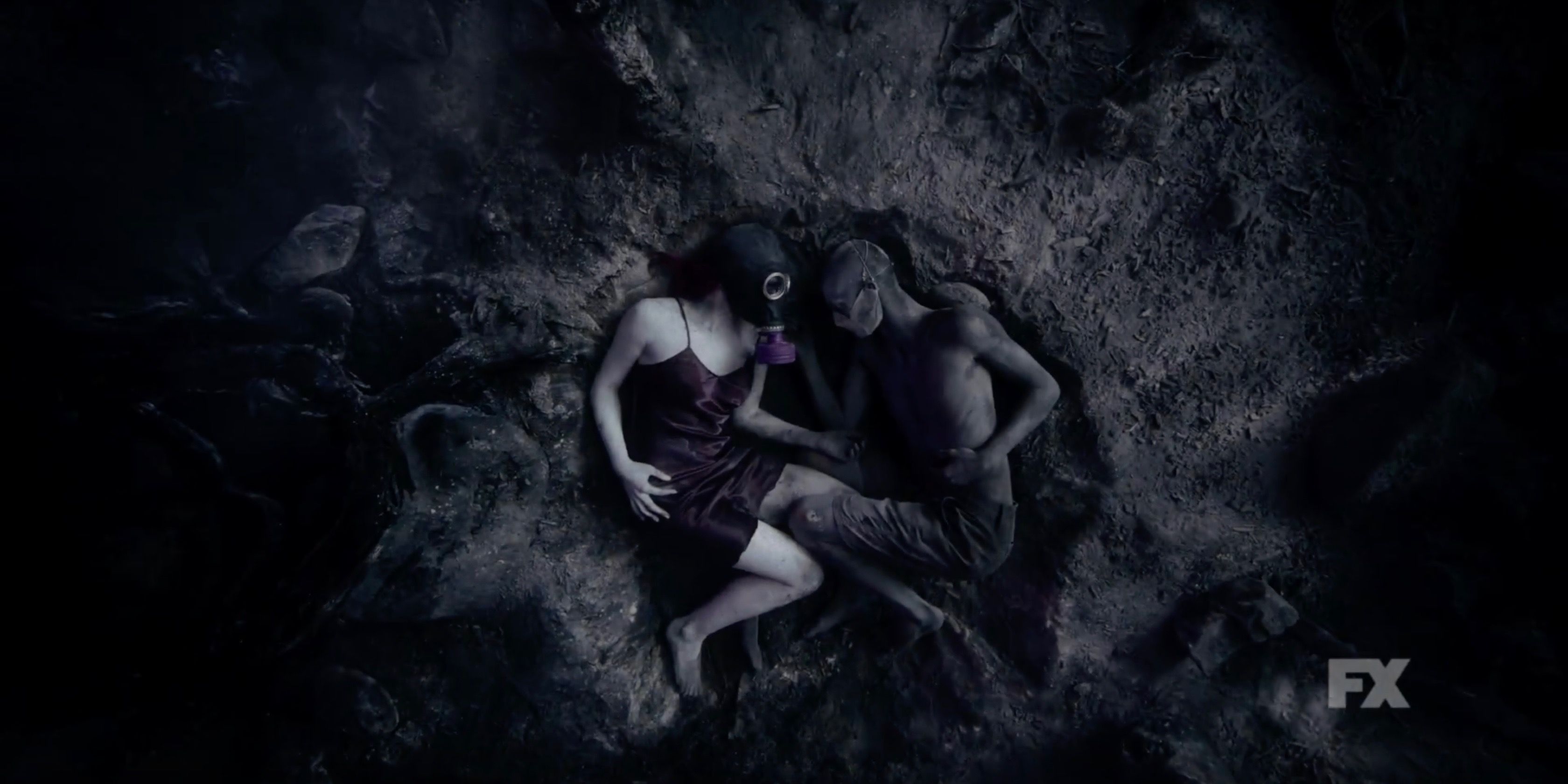
As stated, season one of American Horror Story had its ups and downs. It was a problematic inaugural outing exactly because it was so audaciously ambitious. By the end of the story, one could have been left with the feeling of, “So what if there’s a bunch of ghosts running around a house with such a horrific past?” It was with great pleasure then that fans discovered the truth: all of the events were actually a part of a bigger scheme, one which would bring about the end of the world.
It made season one much richer. When Apocalypse brought Michael Langdon back to fulfill his purpose – it’s exactly what we had all been waiting for. Ryan Murphy played a long game and won our horror hearts!
The Found Footage Portion of Roanoke Season (Hurt)
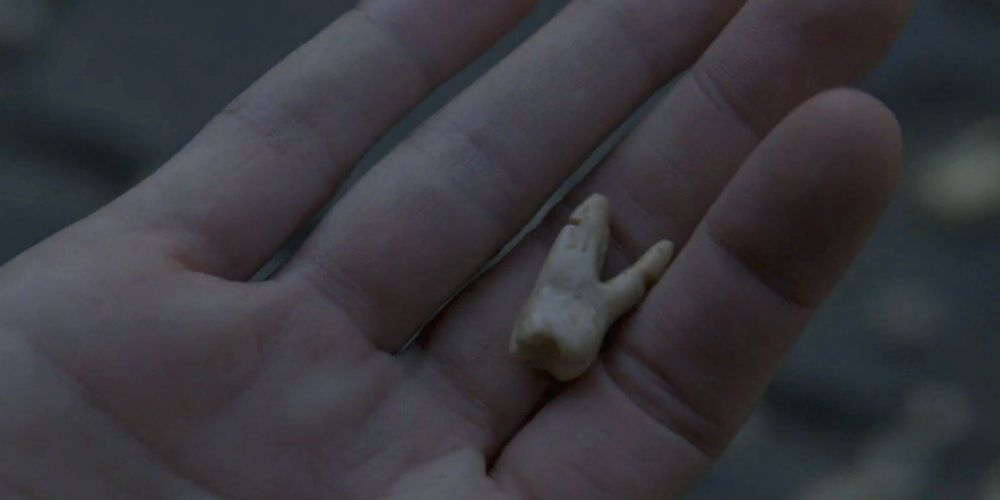
When all is balanced out, American Horror Story‘s narrative risks succeeded much more frequently than they flopped, but the “found footage” device in Roanoke was definitely not a win. Ever since The Blair Witch Project blew horror fans’ minds back in 1999, the found footage genre has seen a lot of films and TV shows explore the “realism” of the technique, most often to less than effective results. Unfortunately, Roanoke was no exception.
There were so many different sources of found footage used that it strained credulity.
It was another clunky trope that missed the mark and made this season even less enjoyable.
The Langdon Child’s Final Act in Season One (Saved)
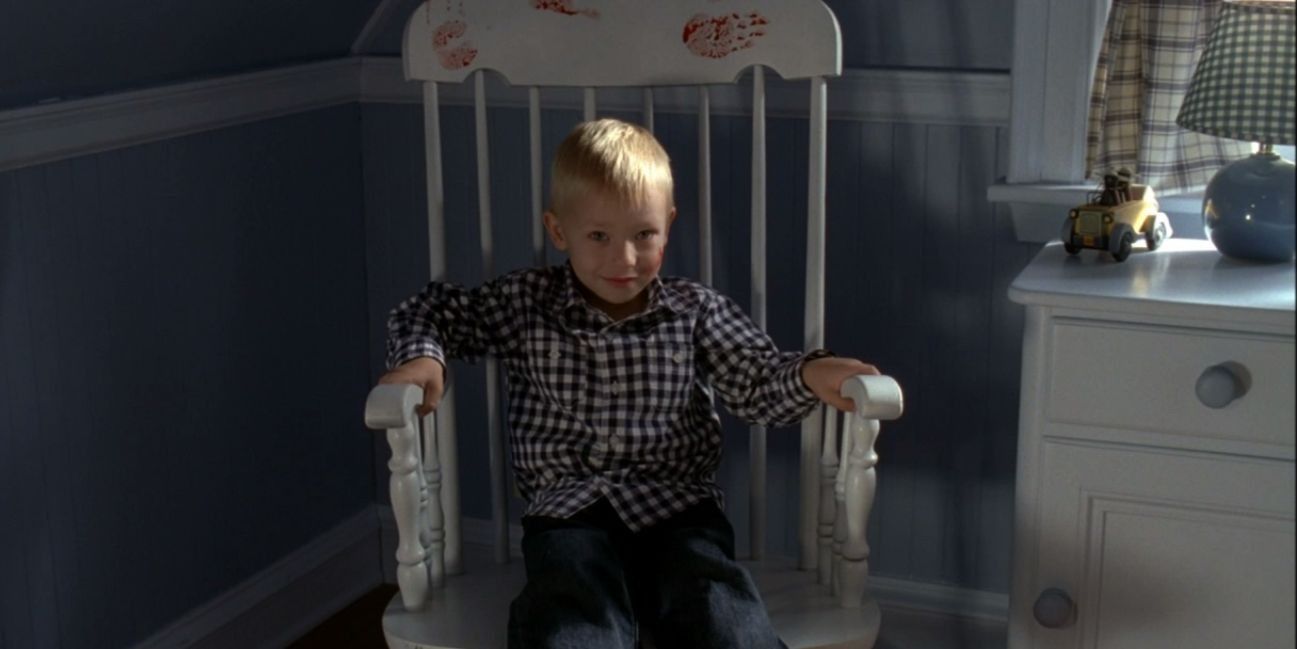
We can go on and on about what an awesome character Michael Langdon in. He’s the son of the devil, the guy who is going to make the world burn, tand he worst terror ever brought about to humanity. And all throughout season one, we are given horrific signs of who he is and what he may become, but it’s that last thing we see him do in season one that seals the deal.
His adoptive grandmother, Constance, finds him wearing a smile on his blood-covered face. Yes, at the tender age of a toddler, the boy has committed his first act of evil. The whole idea of the innocence of youth is deconstructed.
—
What’s your favorite twist in American Horror Story? Let us know in the comments!




